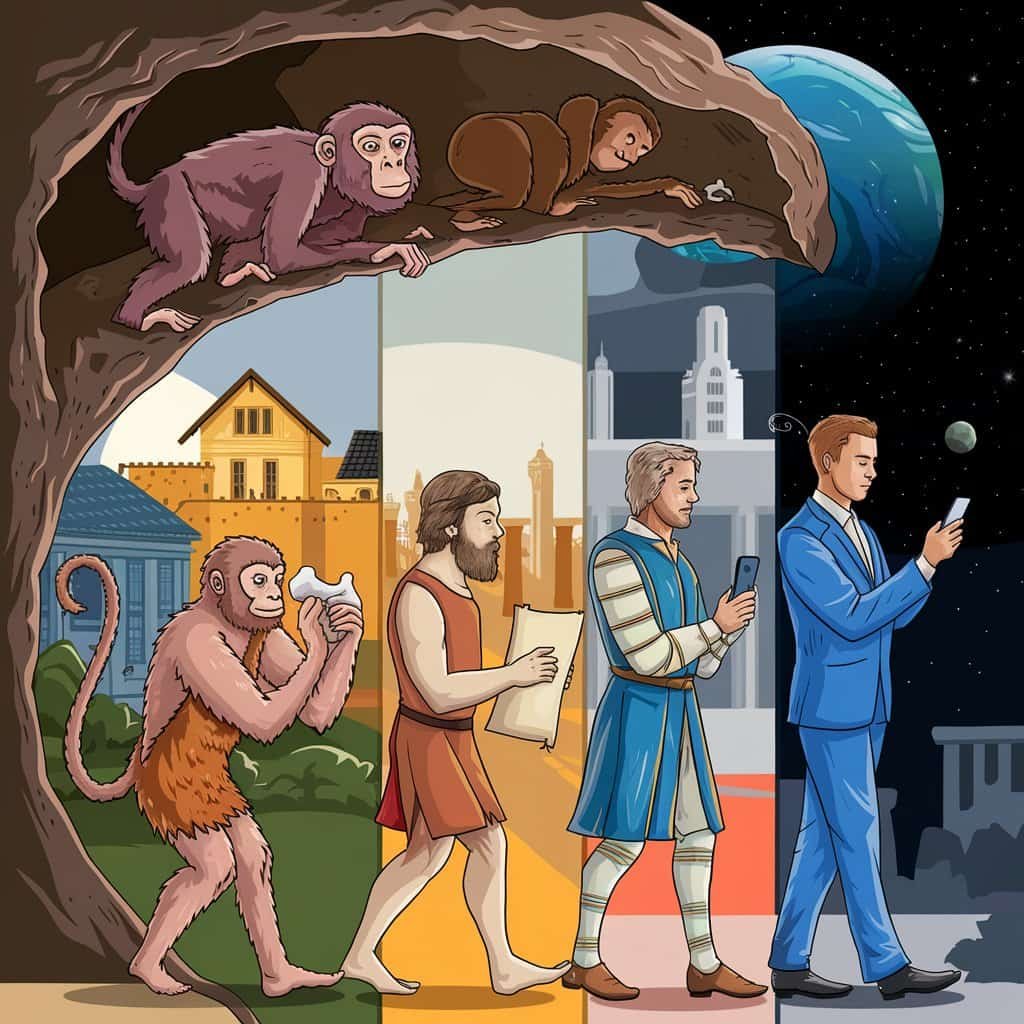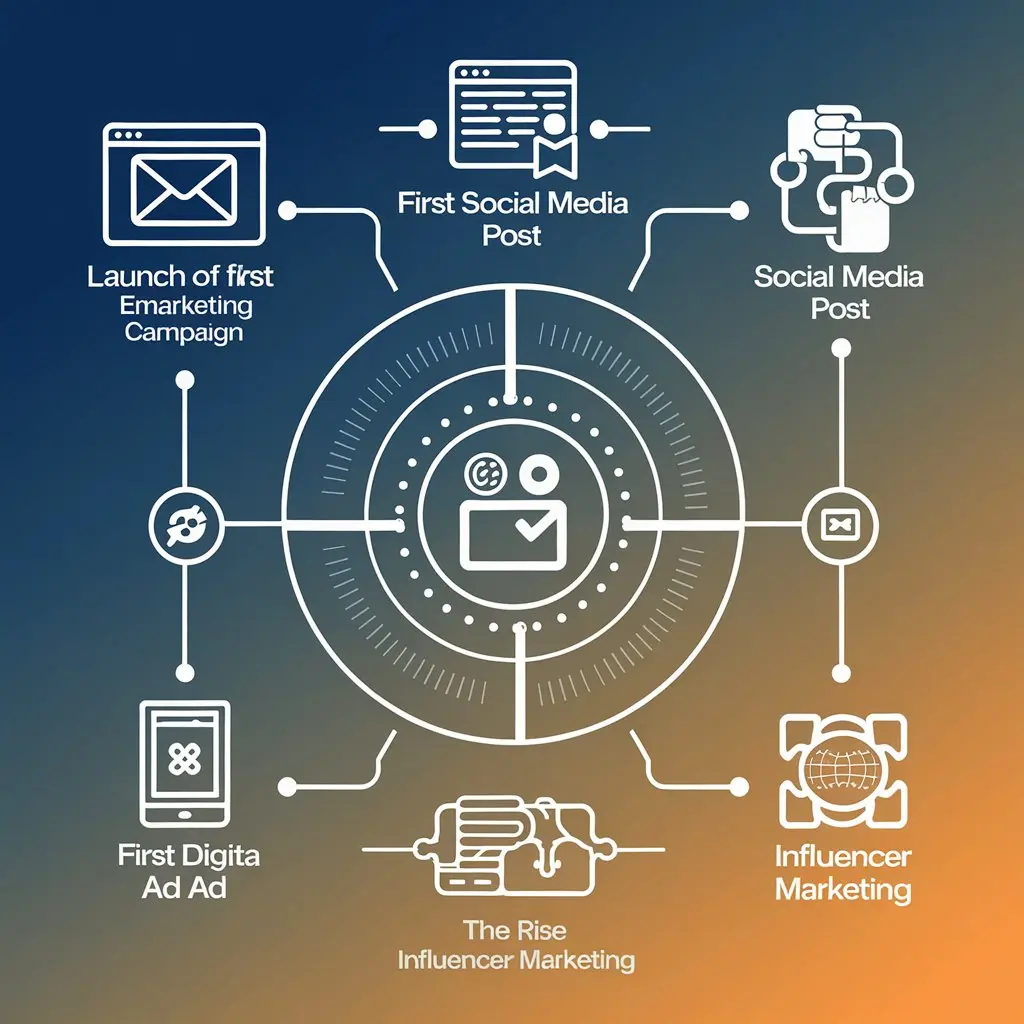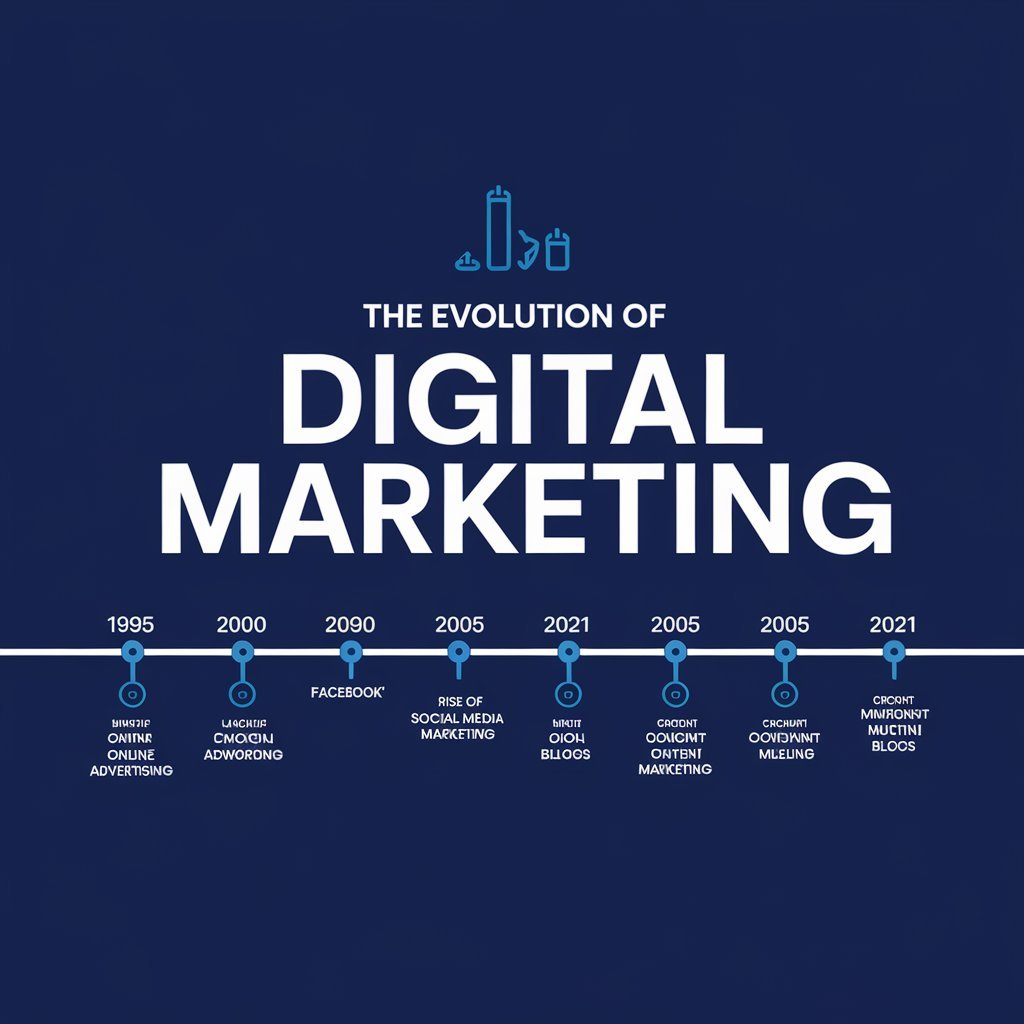
Digital marketing has experienced extreme transformation from its inception to date in terms of technological advancement, shift in consumer behavior, and more pursuit by businesses to remain relevant in the dynamic market. From early online advertisement in the 1990s to today’s data-driven sophisticated strategies, digital marketing is now a handy business tool. Let’s deconstruct some of the critical events of the Evolution of Digital Marketing, how far we have gone and perhaps where we’re heading.
Birth of Digital Marketing in 1990s
Birth of digital marketing, however, can be really traced as far back as the very early 1990s to when the Internet was not much further from its time of conception. At its very nascent stage when it had to be more or less basically purely text-based then. This sowed seeds for something that would in no way ever make marketing go just utterly and beyond people’s greatest imaginations. At this juncture, the World Wide Web launch was quite much a buzzword in terms of this first ever advertisement on the Internet.
Even before that, upon the first pop-up web pages, it attempted to try its best banners on what could be referred to as history; this was 1994 on the platform of HotWired.com. It was at the turn of the late 1990s when Yahoo! and later Google changed the face of information searching on the internet. Being that it was gaining ground was not so long that businesses considered catching as much as possible as essential, and the process of SEO in competition soon began.
The Internet and the Emergence of Search Engines and Google AdWords (Early 2000s)

As the internet grew, so did digital marketing.
New tools and new applications started pouring in during the early 2000s. In the year 2000, Google released AdWords and once more broke the rules since with this paid search, business could reach its customers. The specific model was named pay-per-click (PPC), which allowed businesses to have their ads appear in the result pages of search engines, but only paid for the actual clicks of their ads. It took Google a record time to make the algorithm and ad auction format online advertising’s new normal.
SEO complicated matters with web content and structure optimization in pursuit of better rank results on search results pages. Marketers used on-page and off-page SEO strategies as well, especially through keywords, backlinks, and meta tags, making companies more visible online. But as people get used to the internet, the latter changed the demand of only relevant and relevant content. That demand for personalization turned into mass-targeted advertisements as business houses needed to understand and predict what their customer needed and how his customer would behave.
Social Media and the Evolution of Digital Marketing (Mid-2000s to Early 2010s)
Social media overnight changed with Facebook in 2004 and YouTube in 2005; altogether, they revolutionized communication online. Twitter and LinkedIn in 2006 created new forms of engagement directly and indirectly with customers.
Social media allowed the brands to speak more like humans and speak closer to their audiences. Marketing became the act through social media, becoming a completely new practice where companies begin to invest in content sharing and building up their communities online and answering the customer’s queries. This is no longer the hard-selling digital marketing, but the building of relationship through authentic engaging content.
This tide changed when Facebook introduced the targeted ads in 2007. It enabled its users to employ their data in starting campaigns based on demographics, interests, and behavior. Targeting reached a height that was game-changing. Then it offered businesses the capacity to design campaigns as they worked out customer preferences and behavior.
Evolution of Digital Marketing (Mid-2010s to Early 2020s)
This was the smartphone ‘thing’ for the decade and again had to pass through a digitized marketing round catering to the mobile-first audiences ensuring the connectivity through smartphones, guaranteeing the connectivity throughout the globe, and providing greater opportunities for marketers in respect of on-the-go relationships with the customers.
Mobile applications have thus emerged as the new hotspot for businesses. Brands are now building their mobile applications to tailor experiences and smooth engagement to customers. Using app-based marketing, brands can enforce push notifications, understand the users through tracking and pattern analysis, and develop loyalty schemes that keep a user within an ecosystem.
Mobile-friendliness is the new flagship since Google and other search engines started rewarding mobile-friendly sites in their ranking algorithms. Marketers quickly caught up on responsive design, and new SEO practices began to surface, ensuring experiences on all devices.
This was also a time for growth with video, starting from YouTube, and then going on to Instagram and TikTok. Video now finds a prominent place at the core of many digital marketing strategies given the fact that it proves to be an effective channel in communicating messages on products, how-to tutorials, or stories pertaining to a brand.
Big data, born in late 2010, has revolutionarily altered the face of digital marketing because companies now touch gargantuan quantities of customer information and generate very personalized experiences. Analytics-driven companies began to understand at an unheard depth how their customers actually behave and what they would like to do.
AI and automation, Evolution of digital marketing 2020’s +
In Amity, artificial intelligence and machine learning are another new frontier of digital marketing that is going to scan through humongous datasets at far greater speeds than any human ever can. The actual output is real-time insight used by marketers to propel the campaigns. From the upgrade of chatbots to predicting analytics to recommendation engines, AI propels businesses to the infinite level of customized customer experience.
That still includes the other new form of evolutionary marketing, otherwise known as marketing automation – a tool that HubSpot, or Salesforce, for that matter, offers to the companies for allowing them automatically doing the mundane works, say email marketing, lead nurturing and on. Campaign automation therefore does enable marketers to strategize and keep track of their campaigns without losing focus of struggle with consistency and scale-ness as far as one campaign will be concerned.
Voice search is the latest trend as Siri, Alexa, and Google Assistant are in vogue; marketers content-optimize for this feature and make their way into the conversational form of SEO in lieu of how people speak rather than type.
So, it is adaptive, predictable, and interactive and shows a standard toward real-time customer engagement in near future.

—Conclusion —
evolution of digital marketing marks an evolutionary cycle of constant adaptation and improvement brought about by newer technology and a better understanding toward consumer behavior. As such, it traces back as far as the companies can remember, which started from banner ads for marketing and then began with email marketing and today leads to the AI-powered data-based strategy in digital marketing. Of Evolution Digital marketing requires flexibility and forward-thinking mindset and approach.
Hence, digital marketers must be agile, ethical, and innovative while embracing the very latest technology to deliver value to their customers without violating consumer privacy. Therefore, it is far from over for the game of digital marketing; its future will be growth-oriented with ongoing changes, and only those brands that adapt themselves to this growing need for digitization will succeed in this newly changing digital world.